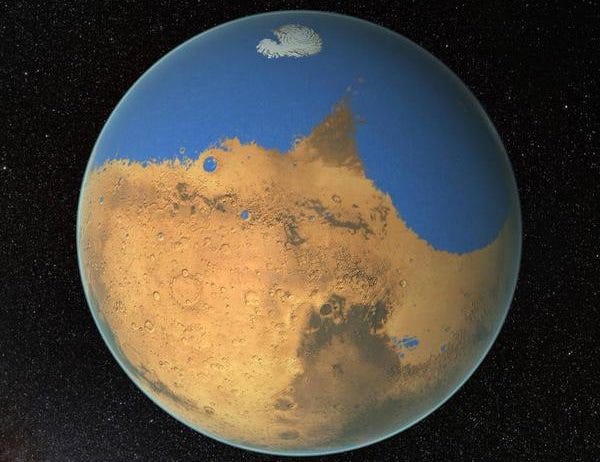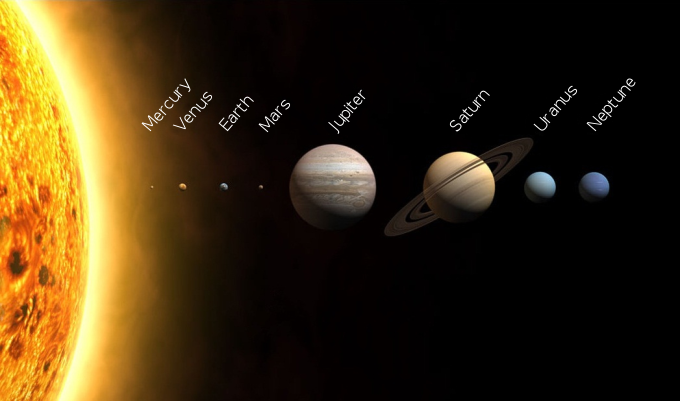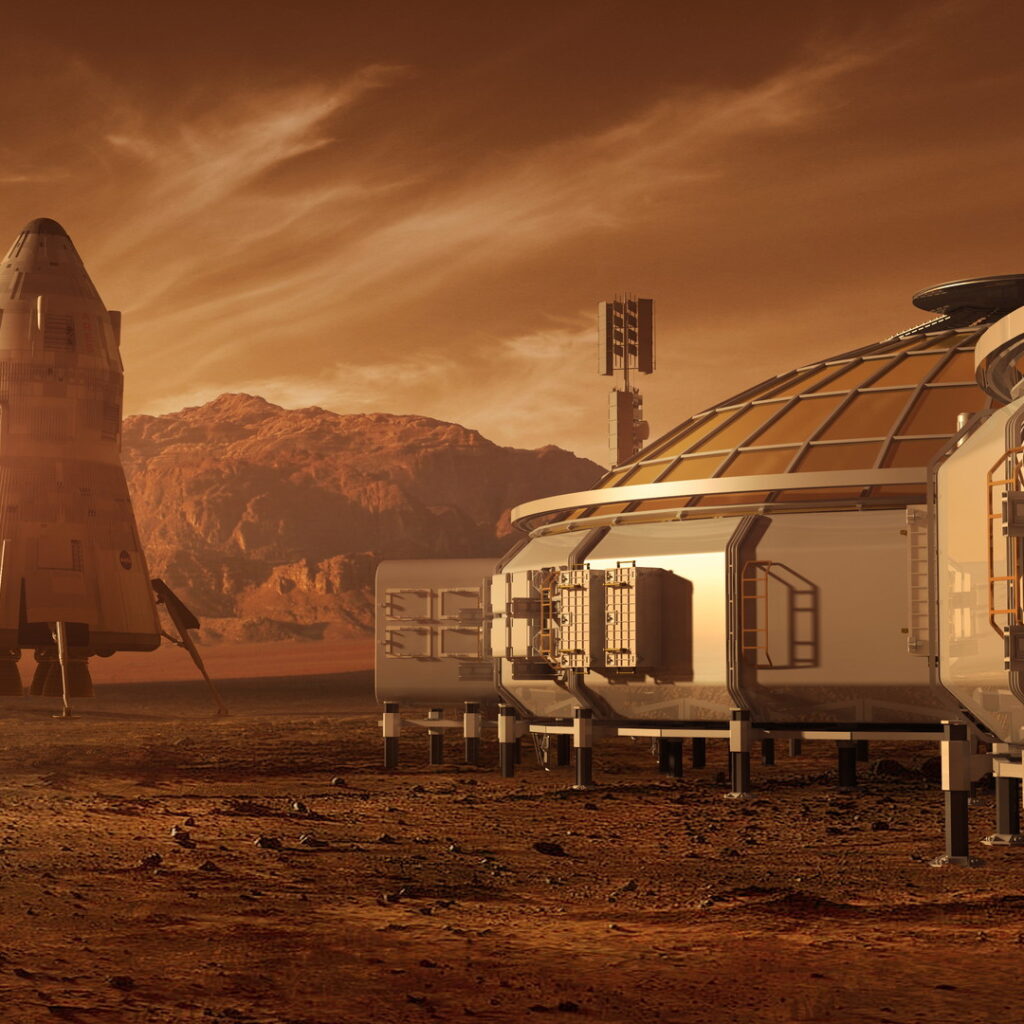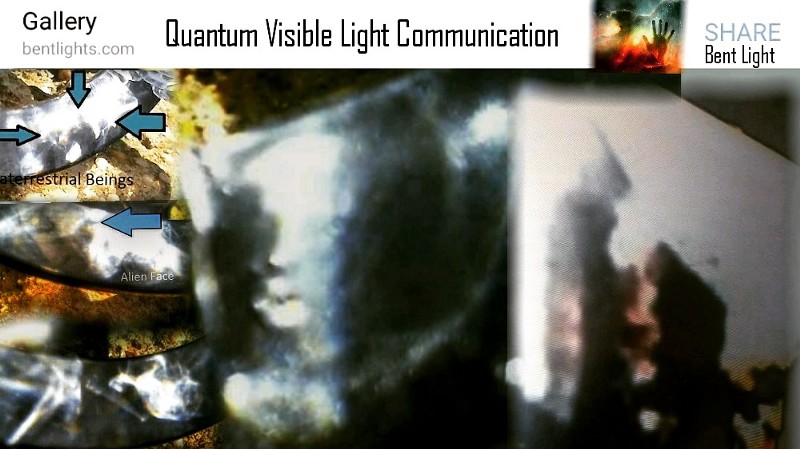Summary
Was Mars habitable in the past and if so what was needed for the planet to substain liquid water and Life?

First water, now life. What was once thought of as a dusty lifeless planet has now surprised planetary experts with new developments on the 4th planet from our Sun and what seems to be revolutionary discoveries being made in 2019.
Rivers and Oceans
As spacecrafts have revealed, water channels are not rare on Mars. There are hundreds of old river channels on the surface of the planet, alongside other evidence of water. There are basins full of silt, and pebbles worn round from tumbling in the water. One line of inquiry even suggests that Mars may have had a large ocean, possibly covering as much as one third of the planet 3.6 Billion Years Ago.

In winter, near the poles temperatures can get down to minus 195 degrees F (minus 125 degrees C). A summer day on Mars may get up to 70 degrees F (20 degrees C) near the equator, but at night the temperature can plummet to about minus 100 degrees F (minus 73 C).
Was Mars habitable in the past and if so what was needed for the planet to substain liquid water and Life?

There’s actually two possible answers for this question. The first obvious answer would be that since the Sun is losing mass each year it’s gravitational pull on the Planets gets weaker. This would mean that all the planets in our solar system started out in a tight formation orbiting our Sun much closer 4 Billion Years Ago.
The Sun’s light is produced by fusion in the Sun’s core. Hydrogen atoms combine to produce helium and light. The light is produced because the mass of a helium atom is slightly smaller than the mass of the four hydrogen atoms that formed it. As Einstein first pointed out, mass and energy can transform into each other, so the loss of mass means a gain of energy in the form of light. The light radiates from the Sun, warming our Earth, but that also means over time the Sun loses mass. The Sun consumes mass to produce light.
The second possibility for how rivers and oceans existed on Mars over 3 Billion Years Ago could be that the Sun was just Hotter or Bigger.

Logically the Planets being closer to the Sun due to heavier mass makes since however there could be more we haven’t discovered that will be discovered in the future to provide evidence of a phase in our star’s history that would have provided the right conditions for a hotter and larger star.

Organic Matter and Methane was conclusively detected in the Martian atmosphere.
Organic matter was discovered on Mars in soil samples taken from 3 billion-year-old mudstone in the Gale crater by the Curiosity rover in 2018. The rover also detected methane in the Martian atmosphere.
The search for life outside Earth focuses on the building blocks of life as we know it, which includes organic compounds and molecules — although these can exist without life. Organic matter can be one of several things: a record detailing ancient life, a food source for life or something that exists in the place of life.
Methane is considered the simplest organic molecule. It’s present in other places in our solar system that could host life, like Saturn and Jupiter’s moons Enceladus, Europa and Titan. And if life does exist elsewhere, it may be very different or even form differently from how we understand life on Earth.

NASA wants to land astronauts on Mars by 2033
NASA wants to accelerate its timeline for the next moon landing while keeping its eyes on a bigger prize: Mars.
The space agency aims to send astronauts to Mars by 2033, NASA administrator Jim Bridenstine said at a Congressional hearing.
“We can move up the Mars landing by moving up the moon landing (to 2024),” Bridenstine told the House Committee on Science, Space and Technology. “We need to learn how to live and work in another world. The moon is the best place to prove those capabilities and technologies. The sooner we can achieve that objective, the sooner we can move on to Mars.”

A mission to Mars would take at least two years
A round-trip voyage to the Red Planet would last at least two years.
Depending on their orbits, Mars is at least 33 million miles from Earth. By contrast, the moon is only about 239,000 miles — several days’ journey — from our planet.
Earth and Mars are on the same side of the Sun about every 26 months, and these are the best windows to depart, NASA spokeswoman Cheryl Warner said. Traveling to Mars would take six to nine months, depending on when the crew leaves.
The quickest way to get to Mars is via the Hohmann Transfer orbit, which requires the least energy and is considered the most efficient.

It seems Mars was Habitable 4 Billion Years ago. Could Mars be Habitable in the Future?
Above is a artist rendition of what the Red Planet may have looked like. With the advancement of technology and science it’s highly likely that we will have humans on Mars in the near future.
Since the Sun is losing mass and scientists suspect that the Sun will be much larger billions of years from now Earth will be much closer to the Sun in the future. This means Earth will be out of the Habitable Zone and Mars will be in the Habitable Zone.
The evidence suggests Mars was Habitable 4 Billion years ago. The Earth became habitable soon after Mars. Mars became inhabitable during that time and if the Sun continues to get larger Mars will be back in the Habitable Zone in the next few Billion years.

NASA Counts Down to Laser Communications for Mars
Red planet exploration requires telecommunication.
Communications engineers have learned over the last several decades how to squeeze the maximum amount of bandwidth out of radio waves. But soaring data volumes and crowded spectrum are creating logjams that have prompted new efforts ranging from spectrum sharing technologies to laser communications.
NASA is preparing its next steps in its effort to demonstrate the feasibility of using high-capacity laser communications in space.
The Laser Communications Relay Demonstration (LCRD), scheduled to launch in 2019, will beam laser signals almost 25,000 miles from a ground station in California to a satellite in geostationary orbit, then relay that signal to another ground station.
Meanwhile, the Deep Space Optical Communications project is scheduled to launch in 2023 as part of an upcoming NASA Discovery mission. That mission will fly to a metallic asteroid, testing laser communications from a much greater distance than LCRD, program officials said.
Expand the research



Hey! Would you mind if I share your blog with my myspace group? There’s a lot of folks that I think would really enjoy your content. Please let me know. Many thanks| а
Please share. The more that know this truth the sooner we will discover more answers.
THE TRUTH IS OUT THERE
#Investigatebentlight